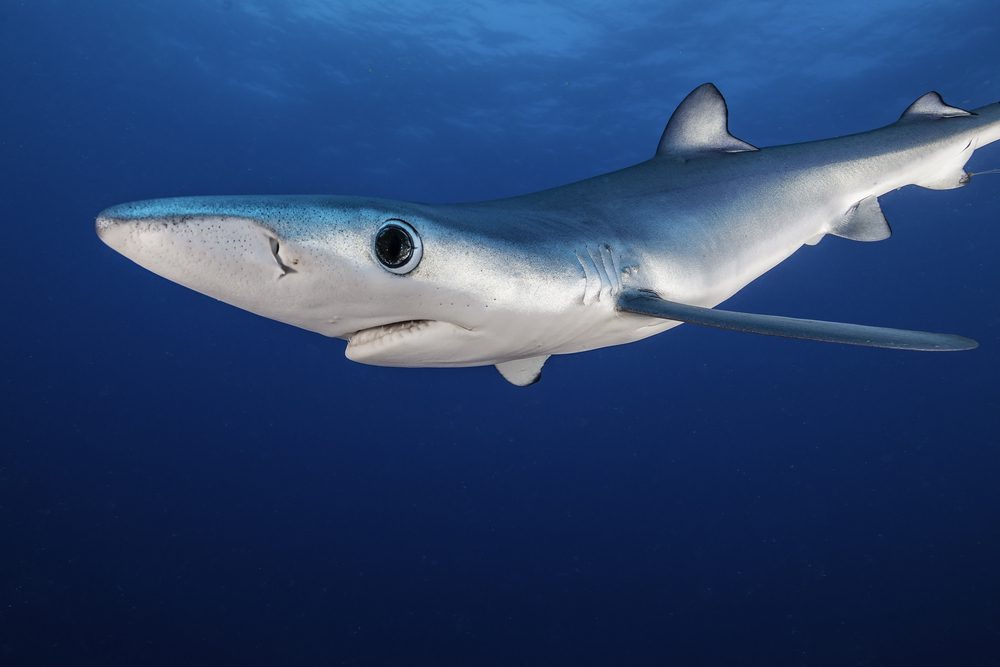Is technology advancing too quickly?
Technology and science are advancing so rapidly that sometimes we can’t keep up with them. In the past 10 years, significant archaeological discoveries have been made, new technologies that we couldn’t even dream of have been invented, and medicine has been taken to extremes.
However, it is unknown exactly which of these is more impactful for our society. We have made a selection of the top 6 scientific discoveries made in the last decade, but there are so many more. Keep reading to find out!

1. First black hole image
In April 2019, a significant moment in our history occurred when we took the first picture of a black hole through the Event Horizon Telescope project. This project involved international collaboration, bringing together brilliant minds from around the world to achieve something once thought impossible.
The technique employed was very long baseline interferometry. Data from eight radio telescopes located in different parts of the world were combined. These telescopes were synchronized to create a single, immense virtual telescope capable of capturing the smallest details in space.
The image reveals a luminous ring known as the “shadow of the black hole,” resulting from the curvature of spacetime. Within this ring lies absolute blackness, a dark region in the shape of a disc. Science was celebrated by all that day!
Apart from unveiling the first image of a black hole, this achievement also provided evidence for the existence of black holes and confirmed Einstein’s theory of relativity. It has opened the door to many more discoveries in the future, undoubtedly leading to a deeper understanding of these cosmic phenomena.
2. Genetic modifications
Since the 1950s, when the double helix structure of DNA was first discovered, scientists have been wondering about genetic modification and started researching.
Only after approximately 40 years, the first study on gene therapy was approved. The experiment was conducted on a 4-year-old girl who had ADA deficiency. This means that due to her white blood cells, the immune system cannot fight bacteria and viruses.
The experiment was not a complete success, but not a failure either. The girl’s body managed to produce the ADA enzyme, but the newly corrected gene cells did not succeed, and she continued to receive injections. Science did not fail the girl because she lived a long life after this.
Nowadays, technology is much more advanced in terms of genetic engineering. In 2013, the first modification of eukaryotic cells (complex cells with a nucleus), also known as CRISPR-Cas9, was achieved.
How does it work? This technology practically edits genes by identifying a specific section of DNA and “cutting” that part using Cas9 enzymes. Then, the extracted section of DNA is replaced with new genetic material.
What does it help with? There is a wide range of applications for this genetic modification. It can be used for increasing muscle mass in domestic animals, treating cancer, and creating high-yield crop cultures.
In November 2018, the leader of CRISPR-Cas9 research, He Jiankui, announced on YouTube that the first genetic modification of a human embryo was successful. That embryo was immediately transferred into a woman’s uterus, resulting in the birth of genetically edited twins (the first genetically edited babies).
Yes, this research may be condemned because it sounds like someone playing God. However, objectively speaking, the discovery is unreal and almost impossible if it weren’t true. Science is really amazing!
3. New treatments to fight Ebola
In 2013, science made another significant breakthrough, this time in the field of treatments and vaccines for Ebola.
ZMapp is an experimental treatment based on monoclonal antibodies used to treat patients infected with Ebola. It was first attempted during the 2014-2016 West African epidemic. This treatment involves a combination of three monoclonal antibodies targeting the viral protein of the Ebola virus.
The rVSV-ZEBOV vaccine was also developed in the last decade, utilizing the modification of the vesicular stomatitis virus (VSV) to carry a gene of the Ebola virus.
During the 2018-2020 outbreak in the Democratic Republic of Congo, the vaccine was used and demonstrated significant efficacy. However, rVSV-ZEBOV does not provide protection against all strains of the Ebola virus, and individuals receiving the vaccine require medical supervision.
Both the treatment and the vaccine have made valuable contributions to today’s science, aiding in the management of epidemics. Nevertheless, the Ebola virus remains an ongoing international concern. Researchers continue to look for more treatments to combat the virus.
4. Another species of Homo
It seems that the discoveries of new Homo species are endless. Scientists say that they will never be able to determine how many Homo species have existed and if we will ever discover all of them.
In 2013, the remains of a Homo fossil were found in the Rising Star Cave in the Cradle of Humankind, South Africa. This cave is also known as the “Bone Chamber” due to the very important discoveries that have been made in the field of paleoanthropology.
Researchers named this species Homo naledi. The physical structure of this species was very similar to ours. It had a small stature, about 4’9″ tall, and its cranial capacity was not very large, resembling that of hominins. However, it had specific bipedal locomotion in its upper and lower limbs, walking in an upright position.
It has been determined that this species lived approximately 236,000-335,000 years ago. The scientific community was surprised by this approximation because they expected Homo naledi to have lived much earlier based on its characteristics.
Paleoanthropology is a very interesting science because it never ceases to surprise you. You can learn a lot about the history of humanity, about how we were not the only ones, and how different or similar these species were to us.

5. Understanding the Pelagic Blue Shark
Sharks are fascinating animals to study. Although very few people on the planet have actually seen one up close, we all know them, and they give us goosebumps whenever we see a picture of them.
They are the main subject of many horror movies. We have all heard of Jaws, one of the most famous horror films from 1975. Even today, directors and actors praise this film because it left a lasting impact on the childhood and lives of many people.
But now, we will talk about the pelagic blue shark, which is also an interesting subject for science. A study published in 2020 demonstrates that these sharks primarily use three hunting methods: they search for large areas of plankton, track the migration of other marine species, and utilize warm currents (eddies) to search for food.
The preferred food of pelagic blue sharks is plankton, but they also feed on other small organisms such as squid and herring. Scientists have used satellite tracking to remotely monitor the Atlantic Ocean in order to uncover the secrets of these sharks.
The warm water currents (eddies) usually transport large masses of fish, including plankton. The sharks, in their quest to hunt beyond the pelagic zone and reach the twilight zone (approximately 650-3,300 feet below the surface), rely on eddies to find as much food as possible.
This discovery once again demonstrates that science does not stand still and that there will always be room for more knowledge, both about ourselves and about other life forms on this planet.
6. Art is older than we believed to be
Cave paintings date back tens of thousands of years, but in the last decade, older paintings have been discovered than what was previously believed to be the earliest ones.
Science increasingly shows us that art has been fundamental to our development since ancient times, and therefore it should be appreciated more. Doodle-style drawings are a very old phenomenon and are said to have emerged by accident. In 2014, researchers discovered a “pig-deer” drawing in the Maros caves in Sulawesi, which dates back at least 39,000 years.
Previously, the oldest known cave paintings were found in Europe and were less than 40,000 years old. Then, in 2018, other researchers discovered cave art in Borneo dating back approximately 52,000 years, once again challenging what was already known in the scientific community.
Also in 2018, a stone fragment was found in South Africa, featuring cross-hatched lines, and it is approximately 73,000 years old. It could potentially be the oldest doodle in the world unless proven otherwise.
It appears that even Neanderthals were not strangers to art, as pigments and perforated marine shells were discovered in Spain dating back 115,000 years, at a time when they were the only Homo species living in Europe.
If you want to know more curiosities in the field of science you should check out our article called The Body After Death: 7 Strange Things It Can Do








